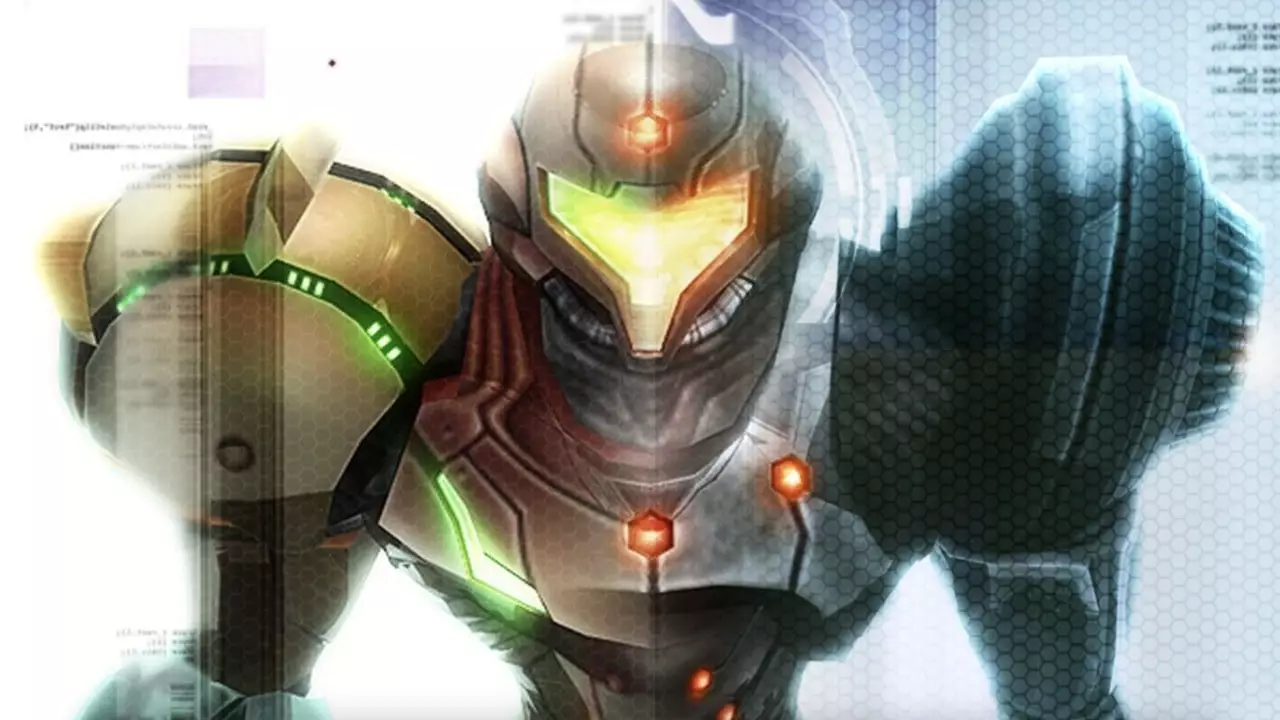Crafting a sequel to a beloved title is a daunting task, and this was especially true for Metroid Prime 2: Echoes, which followed the critically-acclaimed Metroid Prime. Retro Studios had earned significant praise for their innovative transition of the franchise into the 3D realm, setting high expectations for its successor. While Metroid Prime established itself as a landmark of gaming excellence, the sequel faced the difficult challenge of either meeting or surpassing that legacy. Although Echoes may not have captured the same level of critical acclaim, it remains a unique entry in the series, showcasing daring design choices that arguably moved the series in an exciting new direction.
One of the most striking features of Metroid Prime 2 is its introduction of parallel worlds, specifically the contrasting realms of Aether and Dark Aether. These worlds provided players with an innovative gameplay mechanic that was relatively uncommon in video games at the time. Although the idea of dual environments isn’t entirely original—having been explored in titles like The Legend of Zelda: A Link to the Past—the execution in Metroid Prime 2 felt refreshingly unique. By forcing players to transition between these two starkly different worlds, Retro Studios introduced a layer of complexity to exploration, making every decision a strategic one.
In Dark Aether, the environment itself poses a constant threat, with a toxic atmosphere that drains health. This mechanic encourages players to stay on the move and find ‘safety bubbles’—temporary zones of respite that allow players to regain health. Unlike its predecessor, where players could comb through areas at a leisurely pace, Echoes demands a more frantic approach to navigation. This aspect not only reflects a tangible tension within the gameplay but also significantly alters the pace of exploration, making it feel more urgent and intentional.
Exploration and Atmosphere
The experience of moving through the two worlds highlights a stark contrast in atmosphere: Aether is calmer and more inviting, while Dark Aether is fraught with danger and suspense. This dichotomy enhances player immersion, as transitioning between the two environments elicits strong emotional responses. The haunting visuals, characterized by dark purple hues and hostile entities like the ‘Warrior Ing,’ foster a pervasive sense of dread that lingers throughout gameplay. The design decisions in Echoes may not have resonated with all players, as not everyone appreciated the shift from the breathtaking locales of the first game. However, it undeniably added an unforgettable flair to the series, solidifying its place as an experimental title in the Metroid franchise.
Despite the mixed reception, Retro Studios took the opportunity to refine various gameplay elements from the original. A notable improvement is the reduction of unnecessary backtracking, which had sometimes detracted from the flow of exploration. Furthermore, the enhancements to Samus’ gear offered new strategies for tackling challenges, enriching the gameplay loop. There were, of course, criticisms aimed at the game, particularly regarding mechanics like the safety bubbles and the infamous Spider Guardian boss fight, which many players found frustrating.
While these criticisms are valid, it’s essential to recognize that even a game regarded as the ‘lesser’ entry in a beloved series such as Metroid Prime can still exhibit greatness. Echoes has managed to craft a distinct identity, thanks in part to its fearless engagement with its dual-world concept, and offers a valuable contrast to its predecessor that is worth appreciating.
Ultimately, Metroid Prime 2: Echoes deserves recognition, not merely as a sequel that struggled to surpass its predecessor, but as a fascinating experiment in game design willing to take risks. Its dual-world mechanic remains an ambitious highlight, showcasing how inventive design can redefine the player experience. While some criticisms may linger, the legacy of Echoes within the larger narrative of the Metroid franchise should not be overshadowed. It stands as a testament to the innovative spirit that has characterized not only the title itself, but the Metroid series as a whole.
As Nintendo explores the possibility of reviving classic titles for modern platforms, there is certainly an argument to be made for giving Metroid Prime 2 the same remastering and renewed focus that Metroid Prime received. After all, games like Echoes remind us that creativity and innovation can supersede even the most towering legacies.


Leave a Reply